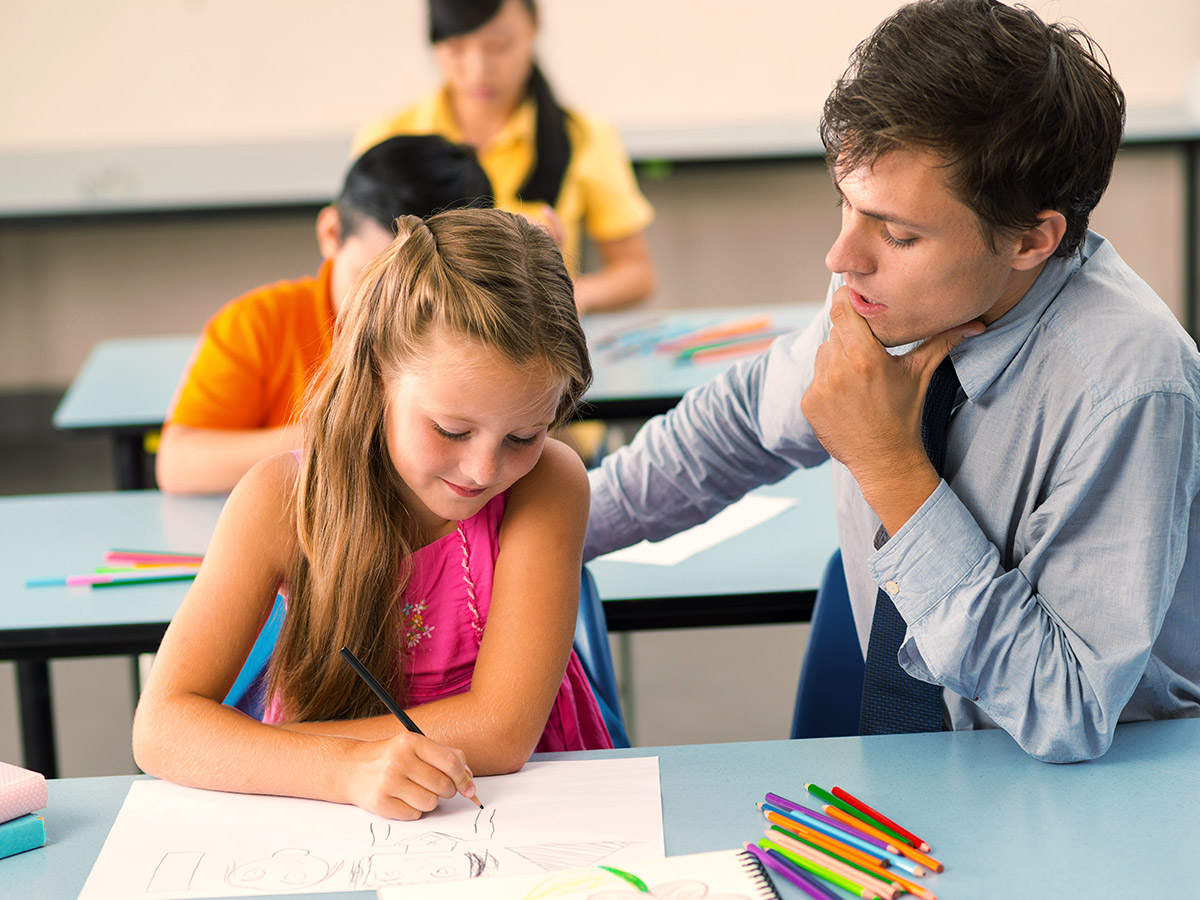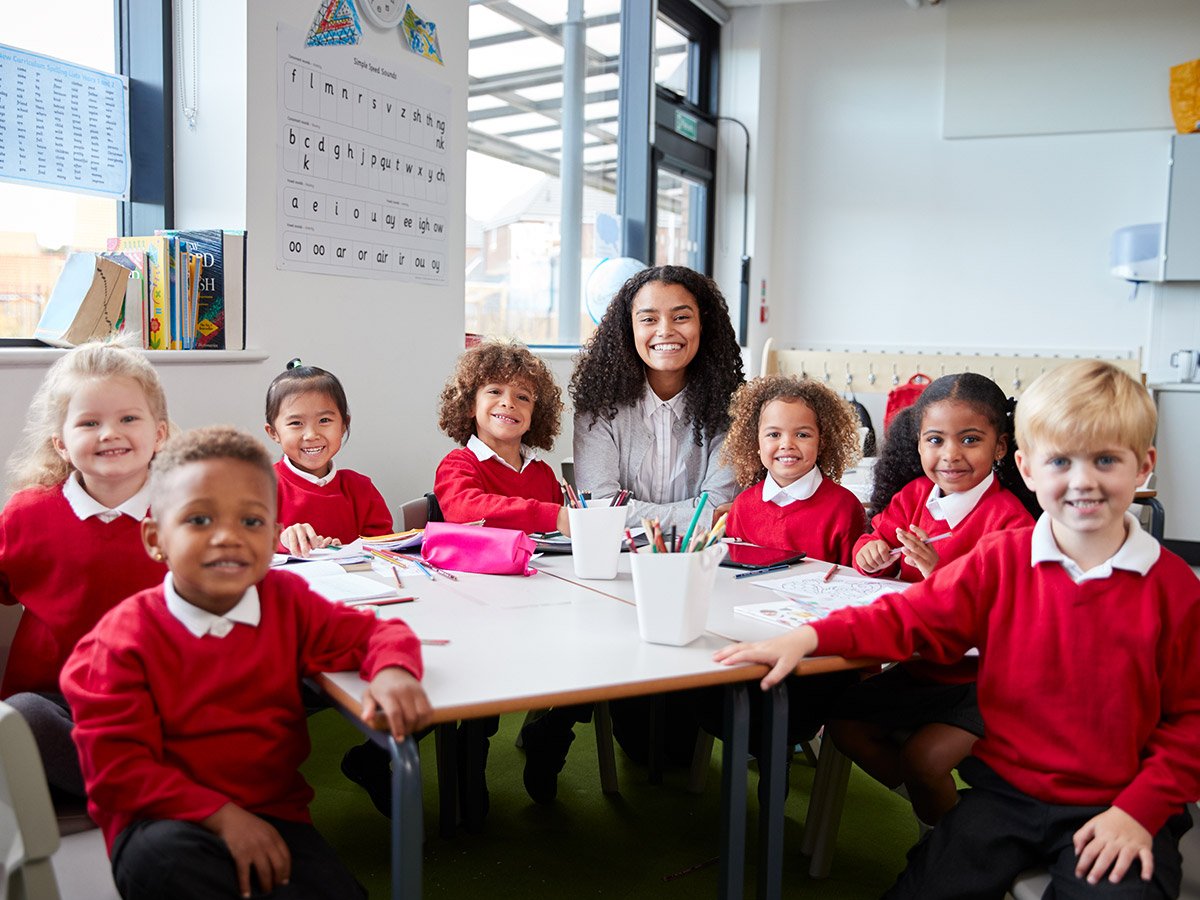Teacher observations – you either hate them or love them. Being observed as you teach can be one of the most daunting elements of a teacher’s professional development, but also one of the most rewarding!
If you’re one to hate the necessary evil, I feel you! No matter how confident you are as a teacher or how well-behaved and switched on your students are, teacher observations can send a cold chill to the heart.
If you’re from the ‘love them’ side of the spectrum, then good on you!
To love teacher observations is to know the task for what it is – a chance to improve your practice based on informed and educated constructive feedback by your colleagues.
Whichever end of the spectrum you are, we would love to offer you a little help! We have 12 tips and hints to ensure your teacher observation goes smoothly and your feedback is ace.
12 Tips for Teacher Observation
It’s a fact of life that even the best teachers can have something slip off the radar. We’re all human! Use a teacher observation as a chance to, regroup, learn and grow as an educator. Not only does a teacher observation provide an opportunity for you to self-check your professional practice, but it is a great way for you to show off resources or techniques which make you the fab teacher you are.
Prepare Well
Be prepared is the unofficial motto of teachers everywhere. And for good reason! As all teachers know, with 25+ unique little individuals running around the classroom on a daily basis, even the best-laid plans can go to waste.
Being prepared for your teacher observation is something that, really, goes without saying.
Ask yourself these questions:
- Do I have all the resources I need?
- Am I aware of any disruptions from outside the classroom that may occur during my observation?
- Have I forewarned my class that there will be another adult in the room, and what they’re visiting for?
- Do I have backup resources if my technology doesn’t work?
- Am I 100% sure of the content I’m teaching?
- What will I do if the activity is over more quickly than I anticipate?
As well as preparing your lesson, make sure you have prepared yourself mentally – have a good night’s sleep the night before and make sure you eat a healthy lunch! Why not sit down for ten minutes of meditation in the morning to get yourself in the zone!
Manage Your Materials
Make sure your lesson materials are organised and enable the lesson to flow. There’s no point wasting 10 minutes of your observation time getting your students to get out the appropriate stationery and books.
Make sure student equipment is on hand for immediate hand-out at the appropriate time (or better yet, on student desks already!). If you are using manipulatives or other resources to aid your lesson, make sure you have enough to go around the students!

If you are using worksheets as part of your lesson, make sure they are appropriate for your students learning goals and are clear and meaningful.
Set Up Your Classroom
No doubt you’ve had your classroom set up for weeks! But as the term slips by, displays get a little crooked, desks creep to the front and a general air of ‘untidy’ may have settled in.
Make sure you’ve tidied up your classroom. Fix up those visual aids and get your learning zones tight!
Ali’s blog 10 Simple Steps to Improve Classroom Organisation provides wonderful, easy-to-follow advice for getting your classroom spick and span!
That being said, you want your classroom to look like it’s a place for learning!
Make sure your students have their areas tidy but don’t go crazy – they will be more comfortable working in their natural habitats, rather than display home of a classroom.
Use your Time Wisely
Sometimes it can feel like we are racing against the clock in the classroom. And I’m sure being harried during your lesson is not how you want to appear! As well as saving time handing out your resources, make sure the rest of your lesson runs in a timely manner. Your lesson observer is there to view your teaching, and part of this is how you use your lesson time.

Whether your students are learning a new concept, putting their knowledge into practise, or revising a previously taught topic, make sure you use each minute of the lesson as effectively as possible. Don’t spend 25 minutes teaching a concept, to only have the students run out of time when it comes to doing their independent work. Conversely, don’t rush through your modelling to then have a dozen students go back to the desks with confused looks on their faces! Make sure you have enough time for each stage of your lesson.
This means transitioning between activities as well!
Make sure you share your time equally between your students – of course, you will always have those who need a little extra help! But make sure you aren’t focusing on one at the expense of the rest.
Good Stage Presence
The classroom’s a stage, and you’re the main star! Can your audience see you? How do you position yourself while you teach?
- Do you stand in an appropriate place while you’re giving instruction? Can your students down the back hear you?
- Do you spend a portion of your lesson time wandering between your students as they work, checking on their progress and understanding?
- Do you only stand or sit in one spot, or do you pace around the room while you’re talking in order to engage every student?
These are just some of the positioning skills an observer may be noting as they watch you teach. Make sure you’re not walking too quickly! Ensure your students can see you at all times, and more importantly hear you! Don’t shout, however. Varying your vocal tone is much more attention-grabbing than only projecting your voice as much as you can.
Engage Your Students
As well as varying your vocal tone, there are a number of other techniques you can employ to engage your students and ensure they are positively part of the lesson. Teachers roles vary from lesson to lesson, but you should always make sure that your students are not just passive observers watching you speak.
Your observer will be watching to see if you use engaging activities to encourage your students to:
- volunteer responses to questions
- stay on task
- interact with other students when asked in a way that involves their learning
- listen well
- carry out roles and tasks when asked.

A lot of this comes down to your classroom management and behaviour management, but it’s also important that you use engaging lesson hook strategies and interactive lesson activities or resources to keep their interest!
Use Participation Strategies
There are a number of things you can do to give your students a nudge if they aren’t participating as well as you would like!
During a teacher observation you may be tempted to call on your most enthusiastic students. You know, the ones you can rely on to put their hand up no matter the question!

Try to put your questioning to good use, however, by cold calling students to ensure a variety of voices. If you are worried that a student will feel stressed or anxious about not knowing the answer, how about asking them their opinion on a topic?
As well as this, ask your students to participate in discussion protocols or partner collaboration on your topic. Sometimes, students feel more comfortable speaking to their peers about what they are learning than they feel speaking to the teacher in front of the class. This way, they can voice their thoughts on a topic, and you can wander the room and listen!
Make Your Students Move – Smartly!
Most adults find it hard enough sitting still for 45 minutes straight, let alone a child!
Help your students get out their fidgets by encouraging positive movement around the classroom. This could look like a number of different things:
- transitioning between different areas in the room for teacher-led, group, and independent learning
- thumbs up/down/sideways to show their understanding
- engaging in whole body movements to demonstrate a concept (use your body to attempt to represent a concept or idea!)
- walking around the room to have brief discussions on a topic with their classmates.
Try to avoid students out of seats unless it’s at your direction! If you notice students fidgeting in their seats, it may be time to employ one of the above strategies.
Question Strategically
Strategic questioning is a beautiful thing! Of course, I’m sure you already have a strategy when you ask your class questions during your lesson. Whether it be to assess their understanding of your content or connect elements of your lesson together, questioning has many purposes.
One of the most strategic types of questioning you can employ, however, is to stretch your student thinking beyond yes and no.
You want your students to make connections and engage in higher-order thinking.
Employing critical thinking questioning techniques, such as those found within Bloom’s Taxonomy, help push your students thinking to the next level!
We have a number of Bloom’s Taxonomy resources to get you in the right zone:
[resource:2714662][resource:2697682][resource:2714666][resource:2714670]
Check for Understanding
Monitoring your students’ progress during class discussions and independent work is usually second-nature to teachers. Nevertheless, your lesson observer will be checking to make sure no student is left behind.

Monitor your students’ understanding by pausing at appropriate points during the lesson to gauge whether they are ready to move on to the next step.
If necessary, go over content again to ensure every child is ready. Once students are working independently or in groups, actively participate by wandering the classroom and checking on their progress, questioning individual students, and giving feedback to each student individually so they are aware of their own progress and understanding.
Planned and Unplanned Differentiation
If you have a classroom of students with diverse needs, then you’re in a normal classroom!
Ensure you are catering for all levels of understanding during your observed lesson (and every lesson for that matter!). If you are differentiating by student outcome, have a chat with your observer so that they are aware of your thinking and the steps you are taking to cater to your students.
Some ideas for differentiation include:
- levelled activities
- extra-support provided in the form of teacher one-to-one, teacher aide, or extra time
- different methods of presenting
- extra challenges which are on topic for fast-finishers.
You may find yourself in the lurch if you have an activity which you thought would suit your students, but it turns out to be far too easy or far too difficult! Have a few tricks up your sleeve for when you are stuck in the lurch.
Remember What It’s All About
At the end of the day, if you are delivering the best lesson that you can for your kids, then you have nothing to worry about. Everyone makes mistakes, no lesson is ever perfect and your observer will know that! No-one knows your students as well as you, so just do what is best for them and you’ve done a good job.

Remember! Teaching is all about making meaningful learning experiences with your class. The beauty of teaching is that you never know what you’re going to get out of your day – that’s what makes it so worthwhile! Embrace the chance to show off your skills, and learn from the experience. After all, isn’t that what teaching is all about?
What are your tips for nailing a teacher observation?







Comments